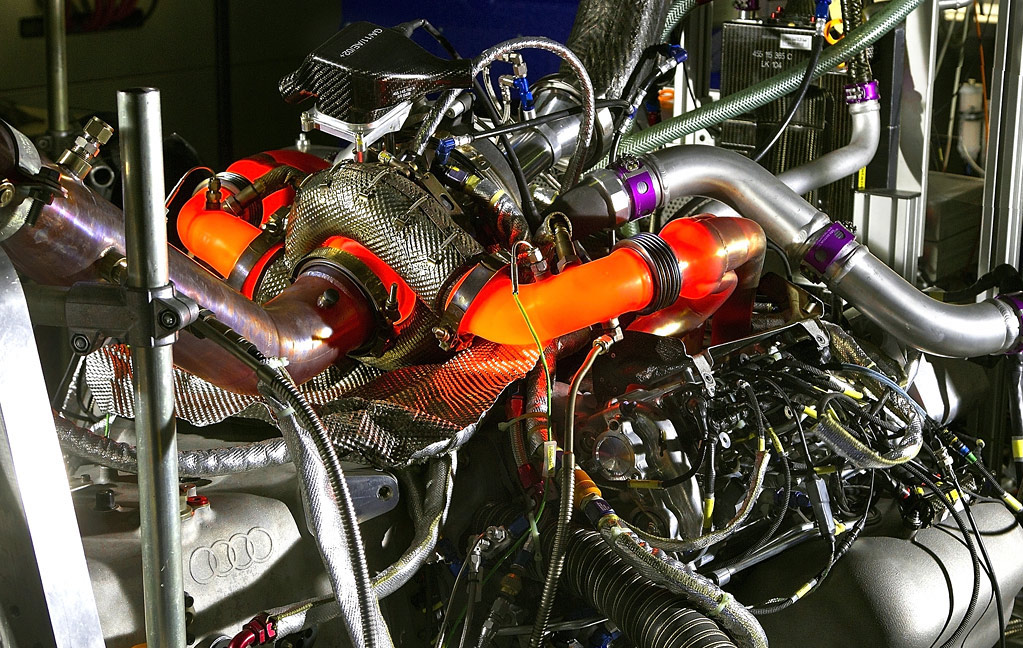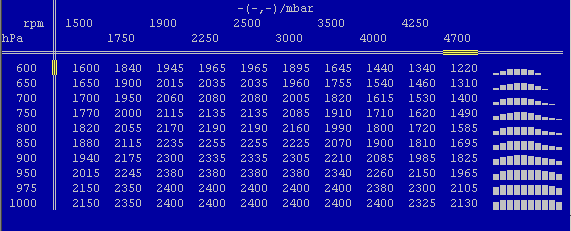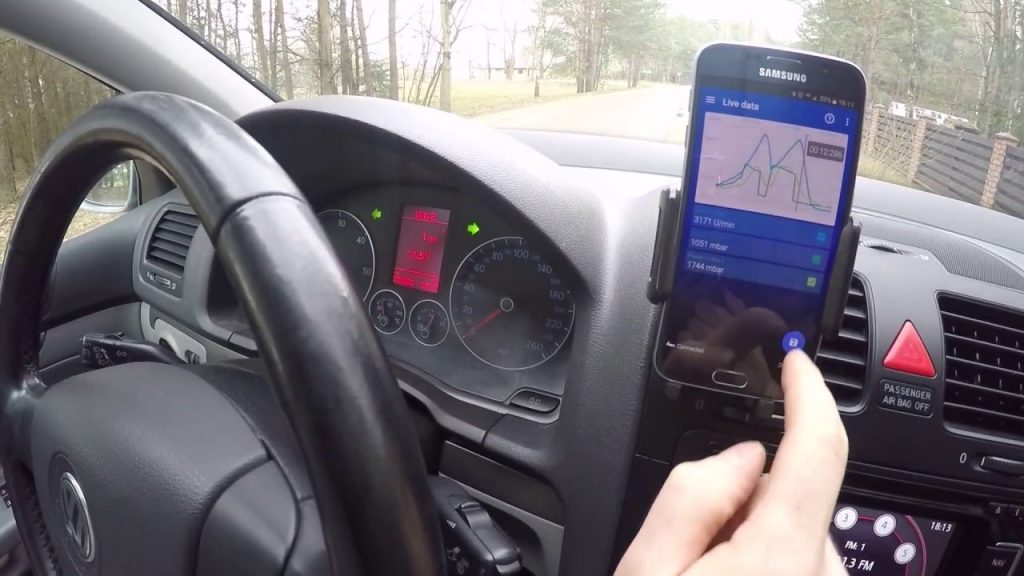The Ultimate Question in (tuner’s) Universe – How much boost is too much boost? How much boost should I run? How much boost my turbo can take? You name it…you asked in various forums but they just told you +/-6% is ok – is it really?
In the beginning – before I understood compressor maps – I wondered what MAP or absolute boost can I use on my turbocharger. I couldn’t sleep and there was voice in my head forcing me to find out…as usually.
Since car manufacturers don’t share compressor maps with us, we have to find out by our selves – I have covered some general rules in my engine recalibration guide.

Available air and turbocharging is most important knowledge in performance driving. Dunners knowledge base preaches about +6% increase of boost limiter. It may be decent advice if you keep this philosophy in general – sadly, yet another duner’s advice is to increase fuelling by at least 15%. Combined with increased EGT limiter and you end up like me…replacing turbo after 20,000km. I suggest you to read RULE #2 in my guide till you understand it.
In the end, boost doesn’t matter – boost sells turbochargers as HP sells cars. Boost is finite and easily measurable unit. Boost is also used in engine calibration because it is one of few finite variables that we can use.

Collecting necessary data
There is several ways to obtain necessary data:
- if you posses no diagnostic cable such as VCDS, nor your car has Lambda sensor. You have to do it manually and most “accurately”.

I prefer do it all manually because it helps you understand how engine management works. Furthermore, unless you have dyno it is hard to keep constant engine operating condition. Try to keep full load at 2000rpm in 3rd gear on flat lands.
For our calculation we need following calibration data:

Understanding Tech Lingo
Most people are confused by data inside calibration maps and don’t understand its meaning. You cannot continue until you understand technical lingo used by car engineers.
internal/virtual torque – what you see in EDC16 series is so called internal torque or as I like to call it “virtual torque”. It doesn’t reflect real engine torque !!!
set-point/start-point value – in thermodynamics and engine airflow there is no finite values and everything is always changing based on many variables such as combustion temperature, combustion pressure, IAT and so on. Most calibration maps are simply starting point/desired value for further processing. For example driver requests 400Nm virtual torque, which is reduced by torque and smoke limiter.
final value – corrected set-point value after all possible corrections and ready for injection or turbo control. Because you never know all necessary variables in present operating condition, it may be further corrected by closed-loop such as FMA.

We are interested in final-values because they are most close to real fuelling and turbocharging. You cannot see corrected values stored in ECU. I am sure some car hackers already cracked ECU and can read stored values in ECU anyway.
Calculations
You have now collected all necessary data from your ECU or logs and we are ready to do some math. In the beginning, I have used Garrett Expert Guide for basic calculations. After studying engine airflow theory and making many experiments, I have developed Spreadsheets for most accurate calculations of airflow, air density, VE and eventually automatised all by Python scripts.

There is ever increasing number of visitors reading adventures of Hajes Racing but there is no supporters of FREE information. Articles don’t write themselves and my ISP doesn’t share FREE spirit of server resources rental neither.
For serious car hackers is prepared complete article in exchange for your support. Below by is preview of full article.

Leave a Reply